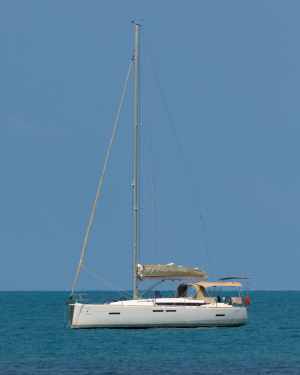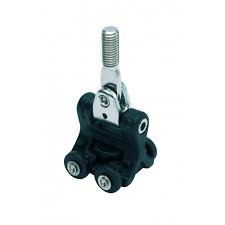Chiara’s slave
Well-Known Member
Ours comes down a bit like that too, until the last (top) 2 battens. It’s good that it slows down, the top batten is at 45 degrees to support the square top. I could see that breaking if the car hit the bottom at speed. We have to remove that one before zipping up. And of course remember to put it in before hoisting.Actually I only temporarily block the halyard only to avoid it snagging around the spreaders. Since I changed the balls in the batten cars from delrin to torlon the only care I have is to let go the halyard slowly, otherwise the whole sail drops in a split second with a giant bang
It’s our 3rd and 4th battens that catch the lazyjacks if they’re going to. Ours are put in from the leech, I can’t see a sail like ours working with luff entry battens. They have tension. I have not seen a multi done that way, there may be a reason. Though I can see the advantage of a smooth leech like DDM has.


